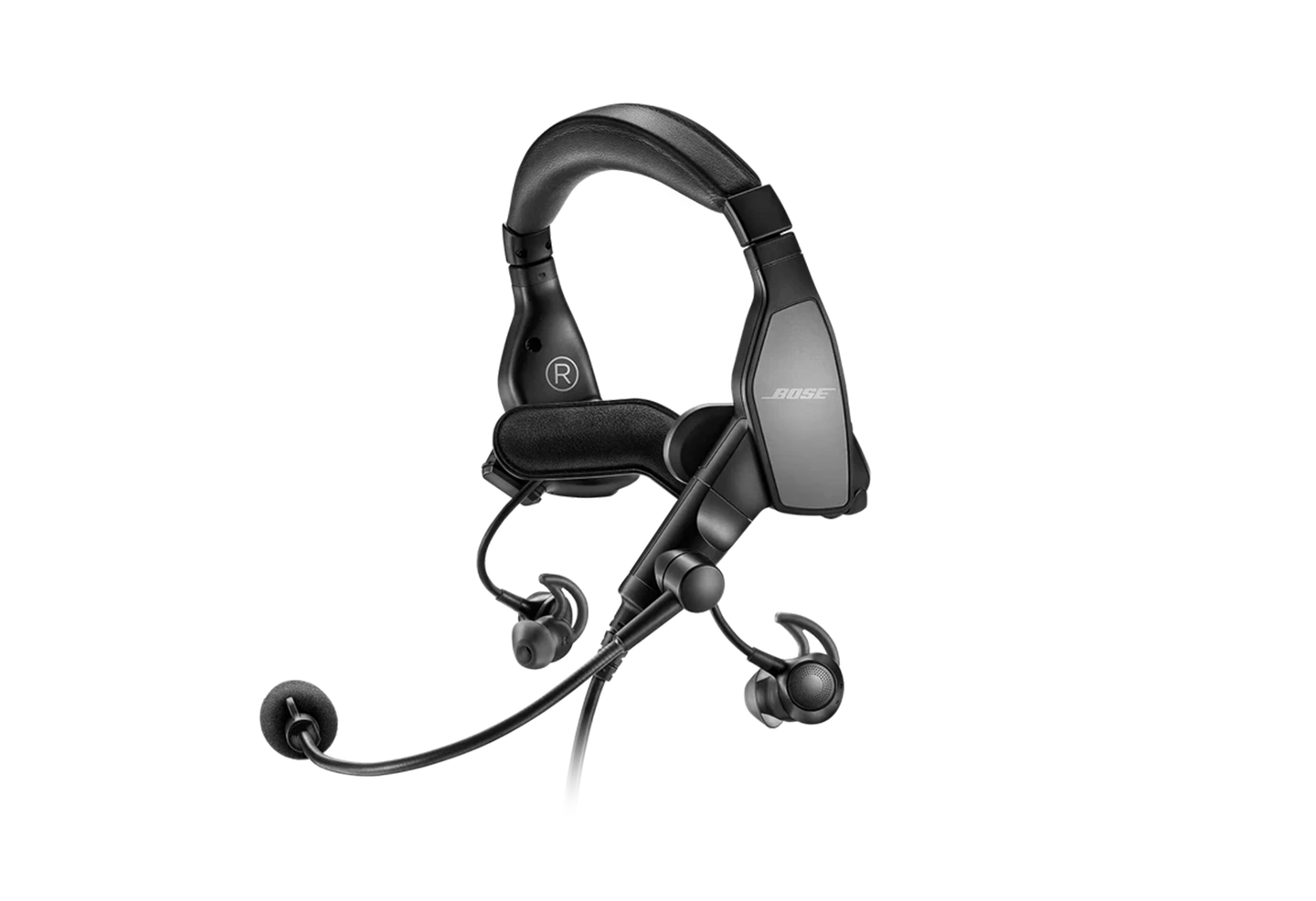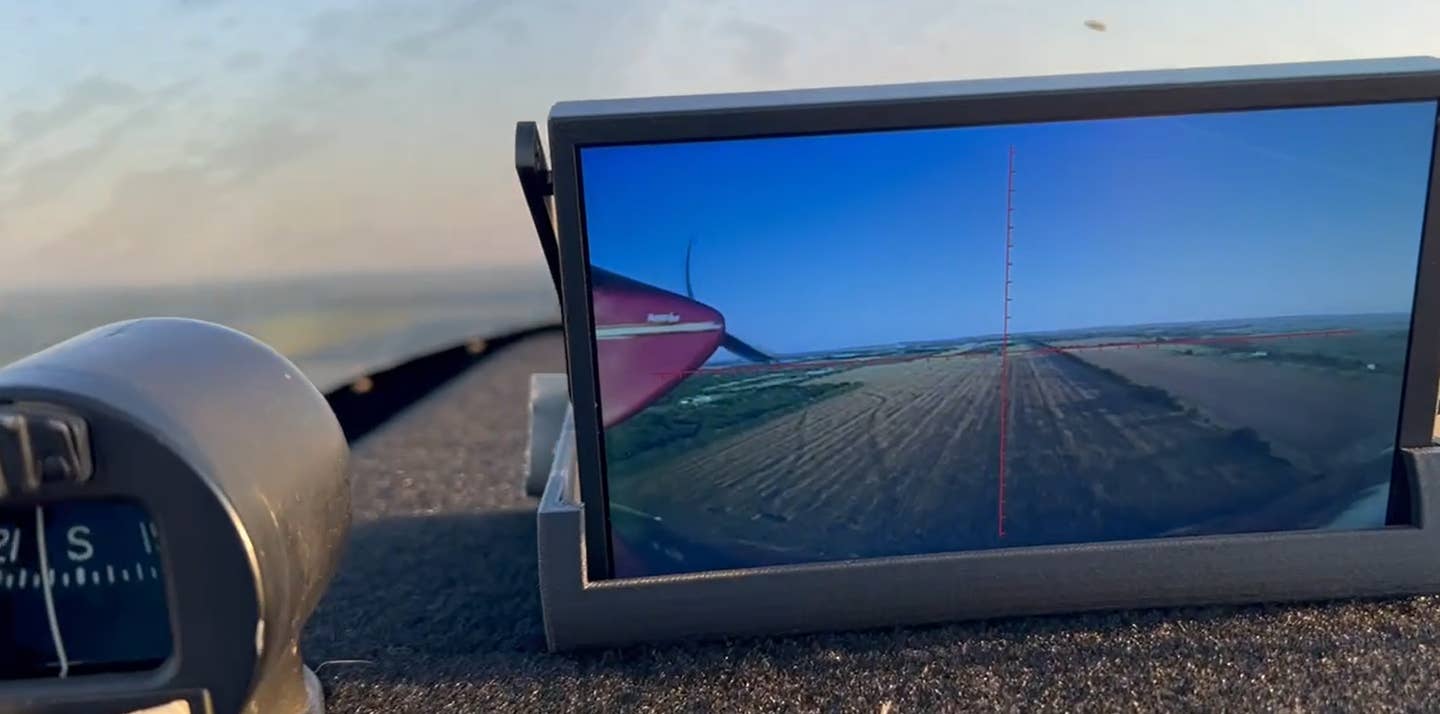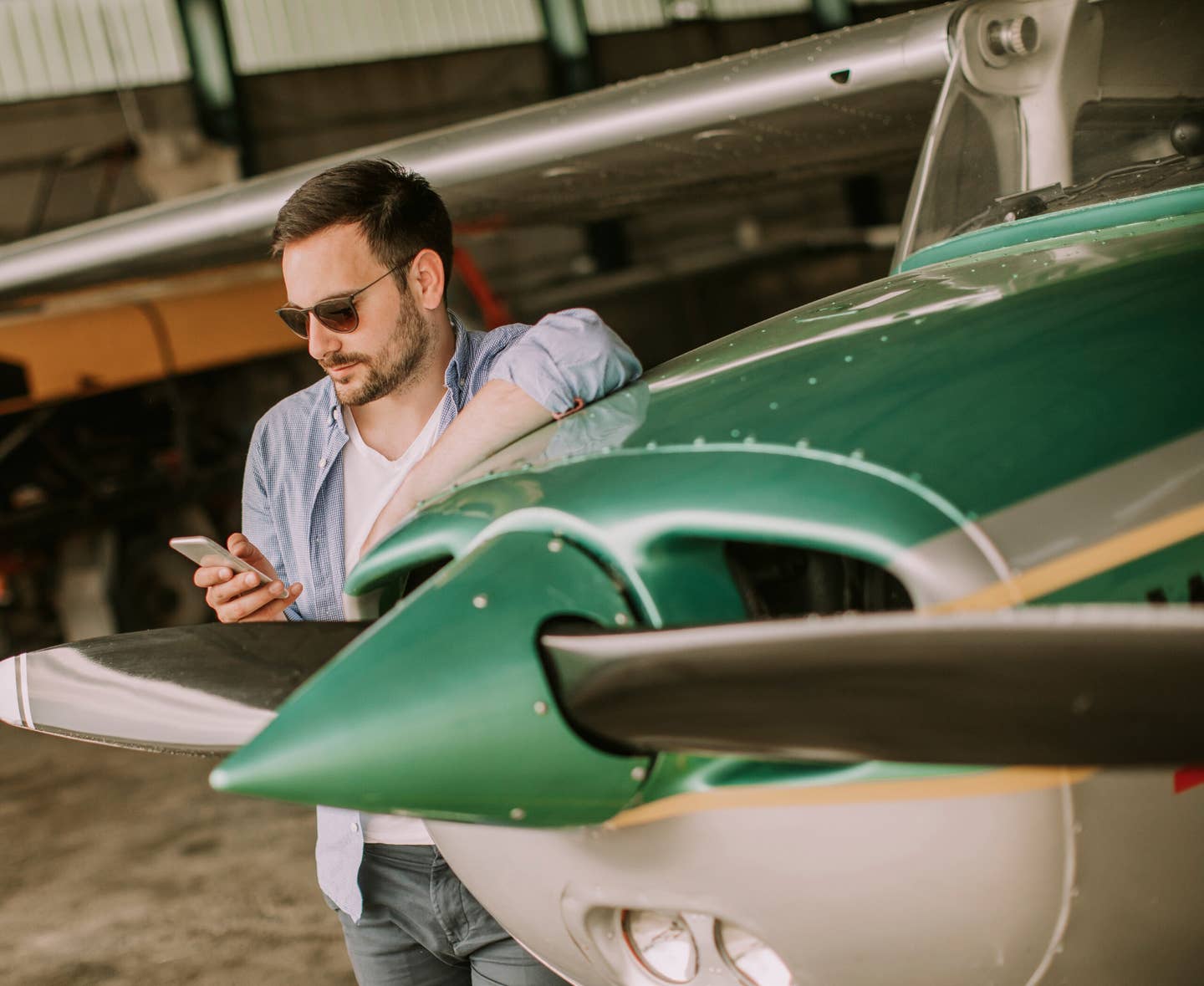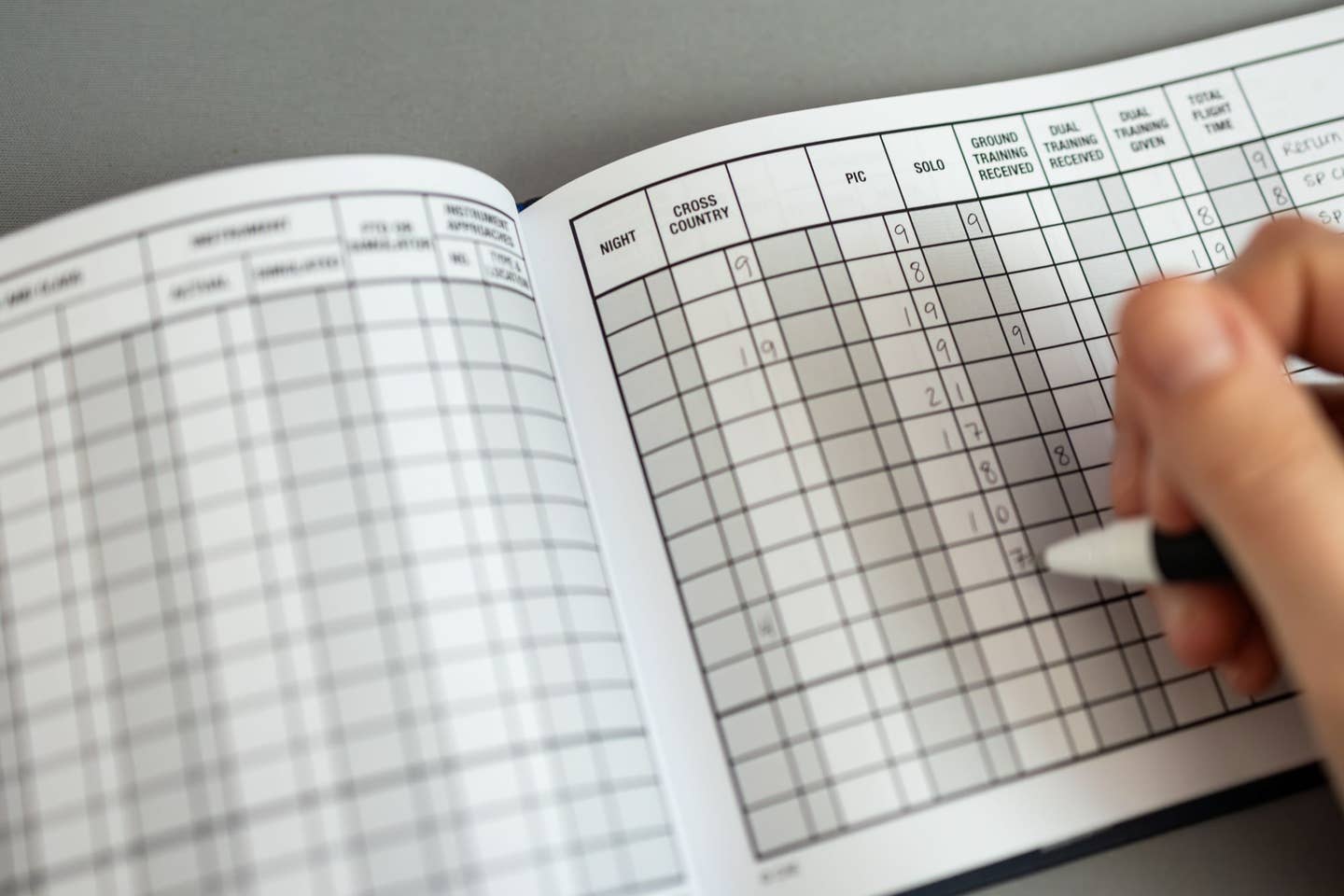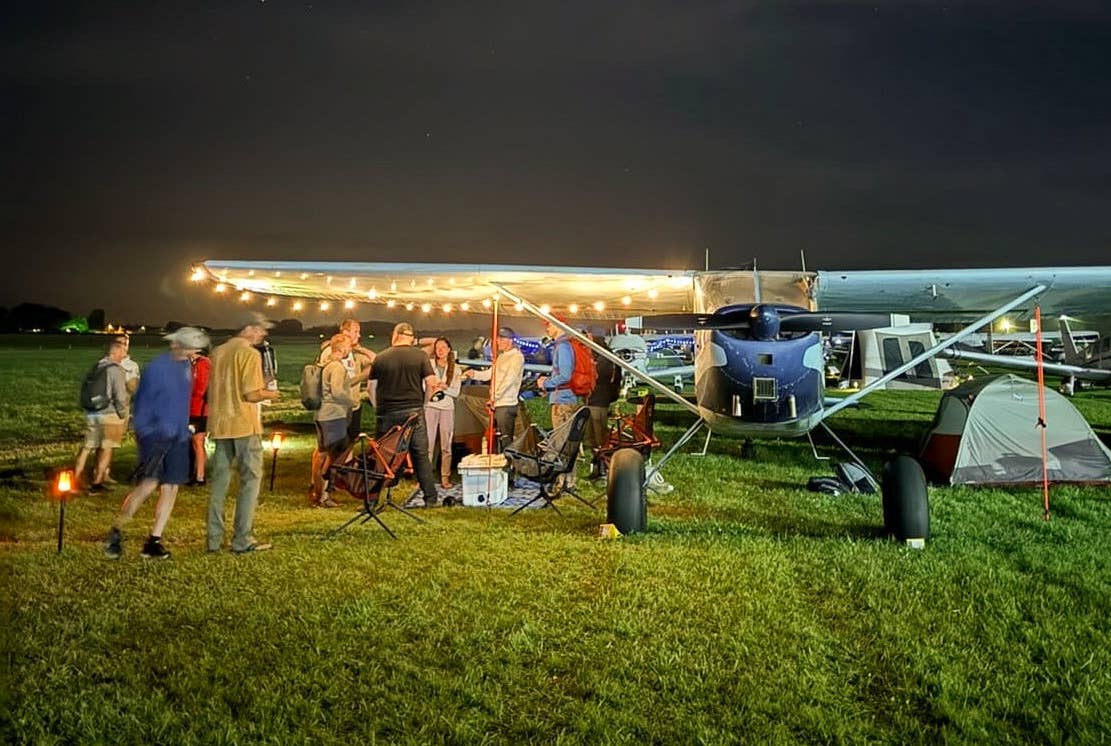
Senior editor Stephen Pope takes a closer look at Avidyne’s “G1000 killer” in three hot performers. Courtesy Courtney Morehead
Climbing into a Cirrus SR22 equipped with Avidyne's Entegra Release 9 avionics system after spending three hours flying in the left seat of a Diamond DA40 fitted with Garmin's G1000 cockpit felt like stepping onto the surface of another planet. Arrayed before me in the Cirrus were two large flat-panel displays presenting all the usual flight-related information as well as various knobs and buttons, but that's about where the similarities between the systems ended. I may as well have been on Pluto.
Besides the much-appreciated extra elbowroom in the Cirrus, the Avidyne cockpit immediately struck me as being a more buttoned-down and business-like alternative to the Garmin system, with which I am exponentially more familiar. What I noticed first in the SR22 was the inclusion of what appeared to be an honest-to-goodness flight management system incorporating a QWERTY-style keypad. While some versions of G1000 include keypads, entering flight plan information in the DA40 I fly can be a chore involving copious knob twisting and button pressing to select individual letters or input new waypoints. This looked promising.
Also of interest in the Cirrus were the series of rocker-style buttons on the displays’ lower bezels labeled PFD, FMS, MAP, SYS and CHKL — that certainly seemed straightforward. As the system powered on, I noted the usual self-tests and assortment of instrument readouts common in modern glass cockpits. I hoped that by playing around with the system in the air I’d be able to sort out most of the important features of R9 and quickly gain the confidence to command it to do as told — as opposed to merely mashing the keys and wondering what in the world the avionics would do next.
Avidyne claims R9 is dirt-simple to learn and use, but I wasn’t so sure I could instantly transition from G1000 without some help. Thankfully, Scott Crenshaw, founder and president of Next Dimension, the Greensboro, North Carolina, company that is performing installations in the Cirrus as part of its Worpe9 upgrade program, was right there beside me to demystify the Entegra R9 cockpit as we spent the afternoon putting the avionics through varied paces in the airspace north of Greensboro’s Piedmont Triad International Airport.
For most of our time aloft, I marveled over the fact that the Avidyne Entegra R9 cockpit really seems as easy to use as Avidyne claims, while still managing to be a highly capable system that can do pretty much anything a pilot could ask. Avidyne’s Geofill technology made entering waypoints a breeze as the system correctly guessed where I wanted to go. The rocker-style soft keys were a welcome addition as well, and I was able to zip around the system’s various menu pages with ease. By no means am I an R9 pro, but with more practice I could imagine becoming proficient with the system without too much hassle.
One of the only black marks against the Next Dimension Cirrus was the fact that we were stuck flying with a two-axis S-Tec 55X autopilot — the unfortunate result of my demo flight occurring about a week before Avidyne’s new DFC100 digital autopilot earned its FAA certification. To put it bluntly, the S-Tec autopilot did a poor job — bordering on unacceptable — of flying the airplane in any of its various modes, and so we spent most of our time aloft with the unit turned off. It struck me that having to make do with anything less than the DFC100 autopilot in an R9-equipped airplane is kind of like driving a Ferrari in the rain: Sure, you’ve got a 540-horsepower V-12 idling behind the seats, but what’s that worth when you can’t put even a fraction of that awesome power to proper use?
A Tale of Three Airplanes
As the original Entegra system evolved after its introduction in 2002, Avidyne rolled out successive releases known by their R designators, such as the R7 upgrade that added WAAS to Entegra and R8 that brought datalink weather capability. But what buyers really were waiting for was the introduction of the highly anticipated Entegra 2 system, which would finally introduce the full scope of Avidyne integrated products, including FMS, GPS receivers, radios and more.
Rather than unveiling Entegra 2, Avidyne in 2008 took the wraps off Release 9. For a while, confusion reigned as many assumed Entegra 2 was still in the works and R9 was merely another evolutionary change. But it turns out R9 was none other than the long-awaited Entegra makeover. In fact, R9 shares almost nothing in common with its predecessor. The new system incorporates entirely new hardware, new software and a completely different operating system. That Avidyne has succeeded in bringing so many new pieces together and making them function so well is no small accomplishment. Creating an avionics system that in many ways is superior to G1000 was a masterstroke.
Besides the Cirrus, I also took a closer look at the newly redone front offices of a fresh-from-the-factory Piper PA-46 Matrix and a 1982 vintage PA-32 Saratoga, both upgraded by NexAir of Mansfield, Massachusetts. All three airplanes would have benefited greatly from the DFC100 autopilot — and all three soon will; now that STCs are approved, installations have started.
The Next Dimension Cirrus I flew spent its early life with its original Entegra glass cockpit before undergoing the Worpe9 treatment at Next Dimension. Besides new avionics, the upgrade program also includes new paint and leather interior and a zero-time Continental IO-550 engine with the Tornado Alley turbonormalizing system. The result is a nearly good-as-new airplane for close to half the price of a new Cirrus with similar avionics capabilities and performance.
The PA-46 Matrix I would fly a week later, meanwhile, was a nearly brand-new airplane (only 40 hours showed on the Hobbs) that had rolled off the production line with the original Entegra system and was immediately upgraded to R9. The Saratoga, finally, was an older model equipped with a basic instrument six-pack. That meant the transformation in this airplane would be the most dramatic and potentially the most interesting. Unfortunately, it also turned out this was the most difficult of the three to marshal through the FAA certification process, and as of this writing the airplane remains in a Florida hangar with its R9 components pulled out of the panel as Avidyne and NexAir seek to document the installation work performed so far and wrap up the certification effort.
Since Avidyne achieved the initial R9 supplemental type certificate in one of its own Cirrus SR22s in May 2009, installers have fitted the new cockpit in more than 100 airplanes, most of them SR22s flying with original Entegra components. (Cirrus co-founder Alan Klapmeier's SR22 was among the first to receive the R9 treatment.) Avidyne thinks the potential market for the cockpit lies somewhere between 2,200 and 2,500 airplanes. The fact that the company has been able to sell even 100 big-ticket cockpit upgrades in this economy is a noteworthy accomplishment. Now that the market appears to be turning a corner and the DFC100 autopilot is finally ready for prime action, R9 installations are starting to pick up, according to Avidyne.
When you consider what you get for the money, it’s a safe bet that the R9 cockpit will indeed gain the sort of market traction needed to make it a winner. Avidyne sells R9 in three versions: Silver, Gold and Platinum. The Platinum package far and away has been the best seller because it includes Avidyne’s WAAS-capable FMS900, dual digital VHF radios, dual GPS receivers, MLB700 datalink weather receiver and dual air-data attitude heading reference systems (ADAHRS). List price is $69,000, which includes the trade-in value for your old Entegra displays. If you’re also replacing a pair of Garmin GNS 430s, you can probably work out a deal with your installer to help offset a portion of the installation cost. A ballpark price for the Platinum upgrade including installation is around $80,000. Adding the DFC100 autopilot raises the total by another $15,000.
The R9 Gold package, priced at $59,000 before installation, includes the WAAS-capable FMS and other Platinum package features, such as an FMS keypad, but comes with only a single ADAHRS. The Silver package costs $49,000 and includes Avidyne’s FMS400 flight management system, which is not approved for WAAS and so really is not a great choice when you consider what you’ll give up by foregoing RNAV LPV approach capability. The Gold and Platinum packages also include a free upgrade to synthetic vision once it becomes available, while in the Silver package SVS is an option. Avidyne has been rolling out special pricing promotions since R9’s introduction, so your best bet is to check with your installer for the most up-to-date pricing information.
Taking the concept of the panel retrofit to a whole new level, Next Dimension purchases run-out Cirrus SR22s on the used market and replaces not only the avionics but also the engine, fitting a new Gamispec IO-550 six-cylinder with the Tornado Alley turbonormalizing system, capable of yielding cruise speeds of 210 ktas at altitude.
The airplane I flew also included fresh paint and leather interior along with built-in oxygen system, Sirius satellite radio and datalink weather, TKS icing protection, Stormscope and Skywatch, and a long list of other extras, all for an asking price of $379,000. Compare that with the price of a new Cirrus SR22, which can top out at better than $700,000 with the Garmin Perspective cockpit, and there’s a convincing argument to be made for opting for a Next Dimension Worpe9 SR22 instead of buying new. And, of course, if you’re in the market for a new Cirrus, the Entegra R9 cockpit isn’t even a factory option; you must order it as a retrofit with a minimum lead time of 12 weeks.
NexAir's R9 Pipers
If going from a G1000-equipped DiamondStar to the Cirrus was like visiting another planet, settling into the front seat of a Piper PA-46 Matrix with the Entegra R9 cockpit was akin to traveling to another galaxy. It might have had a piston engine underneath the cowl, but nearly everything else about the Matrix said turbine-class. First, the entry procedure: You climb aboard the Matrix through an aft airstair door and walk through the cabin to the cockpit. Settling into the front seats, you'd swear you were at the controls of a new very light jet or turboprop instead of a piston single.
In the air, however, one of the few drawbacks to the otherwise excellent panel layout became apparent: The pilot’s view of the FMS keypad is blocked by the control wheel, making for some awkward key presses, especially in turbulence. Otherwise, the R9 system’s integration in the Piper Matrix is close to flawless, with an uncluttered panel that looks as good as it operates.
Cliff Izer, an R9 instructor and my demo pilot on the Matrix flight, explained that while most of the features and functions of the Avidyne cockpit can be accessed with the FMS keypad or the bezel rocker keys, using the FMS is the preferred entry method.
“I find myself having to slap a few hands to get pilots to use the FMS, but once they understand that it’s the easier way of entering information, that quickly changes,” Izer said.
Pilots transitioning to the Entegra R9 system with Izer typically undergo three days of training, with the first day’s lesson centering on VFR flying and the other two focused on IFR operations. Pilots start out hand-flying the airplane under the hood but quickly transition to the autopilot since that’s the way this airplane is flown the majority of the time, Izer said.
In addition to the Matrix, NexAir is working on an STC for an R9 upgrade in the PA-32 Saratoga. Although flying the NexAir Saratoga proved impossible due to the bumps in the certification path, this program is worth mentioning if only for its potential to transform a sizable portion of the 5,000-plus PA-32 Saratogas built since 1975 into true 21st century performers. For $400,000, NexAir will recondition an older Saratoga with a zero-time factory remanufactured engine, new paint, LoPresti speed modifications, new leather interior and additional sound proofing, along with the R9 cockpit, including digital charts and maps, satellite weather receiver, the DFC100 autopilot and SVS.
If you’re already a Saratoga owner, NexAir can perform the full list of upgrades on your airplane for around $250,000. A typical R9 panel upgrade in an airplane equipped with the earlier version of Entegra should take about three to four weeks. As demonstrated by the difficulty in obtaining the STC covering the PA-32, replacing all the electromechanical instruments and rewiring the panel in a Saratoga to accept R9 will take longer — how much longer is the big unknown.

Sign-up for newsletters & special offers!
Get the latest FLYING stories & special offers delivered directly to your inbox

